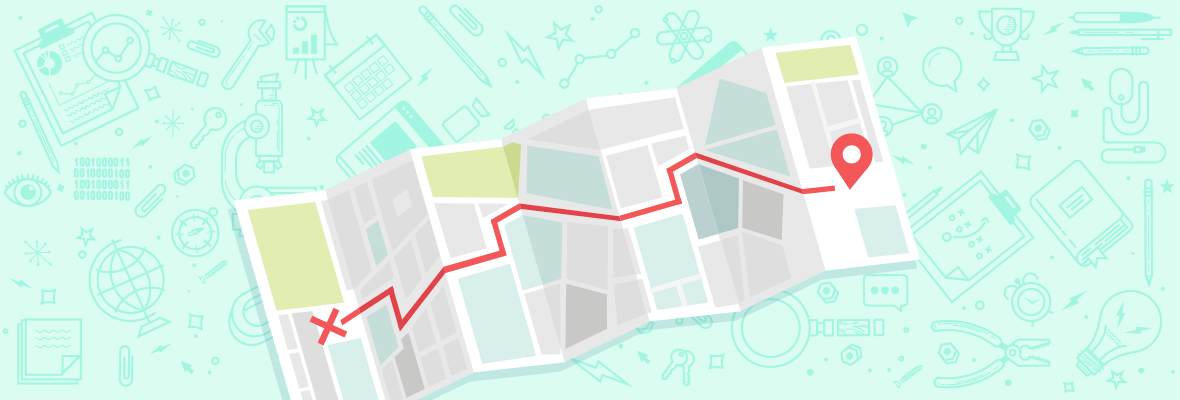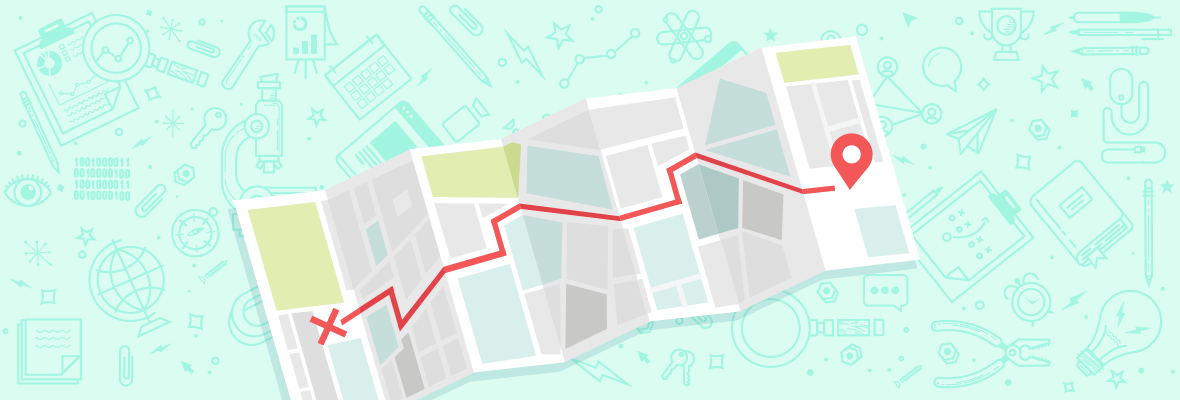This article is the second edition of the ZipSprout team’s guide to local sponsorships. Since then we’ve also learned how to build campaigns for local presence. They can be directed toward local SEO or local marketing campaigns, but sponsorships are their own breed of local connection — and just like content campaigns, local PR campaigns, or review management, local sponsorships have their own set of conventions and best practices. As with any outreach campaign, there are dos and don’ts and best practices that all should follow (DO be respectful; DON’T over-email), but brands especially have more to lose from an outreach faux pas. Our process Outreach Once we’ve identified local organizations in a given metro area, we recommend reaching out with an email to introduce ourselves and learn more about sponsorship opportunities. Consider the following two emails: :) I work to help corporate clients find local sponsorships. We’re an agency that helps our business clients identify and sponsor local organizations like [ORG NAME]. Often, local organizations are overlooked, so my company, ZipSprout, works for businesses who want to sponsor locally, but aren’t sure who to partner with. If you’re able to send local team members, find opportunities that match your target audience and test it out — and bring your camera so your social and brand team will have material for publication.

For most Moz readers, local marketing means content, reviews, AdWords, local listings, and of course citations. If you’re a larger brand, you might be doing outdoor, radio, print, and television advertising as well. Today we’re here to humbly submit that local sponsorships remain the most-overlooked and opportunity-rich channel, and they build real local connections for both large brands and small business alike.
This article is the second edition of the ZipSprout team’s guide to local sponsorships. We wrote the first edition in 2016 after a few months of securing local sponsorship campaigns for a handful of clients. Since then, we’ve tripled our client roster and we’ve worked with more than 8,000 local organizations, donating nearly $1,000,000 in local sponsorships to 1,300+ opportunities. Since then we’ve also learned how to build campaigns for local presence.
So we knew the guide was due for a reboot.
One of our most significant learnings of the past two years is the understanding of local sponsorships as a channel in their own right. They can be directed toward local SEO or local marketing campaigns, but sponsorships are their own breed of local connection — and just like content campaigns, local PR campaigns, or review management, local sponsorships have their own set of conventions and best practices.
This article is meant for anyone with an eye toward local sponsorships as a marketing channel. Agencies and enterprise organizations may find it particularly helpful, but we’re big believers in encouraging smaller local businesses to engage in sponsorships too. Get out there and meet your neighbors!
The what & why of local sponsorships
Local events, nonprofits, and associations constitute a disjointed but very real network of opportunities. Unlike other channels, local sponsorships aren’t accessible from a single platform, but we’ve found that many sponsorships share similarities. This makes it possible to develop processes that work for campaigns in any metro area.
Local sponsorships are also a unique channel in that the benefits can range from the digital to the analog: from local links to a booth, from social posts to signage on a soccer field. The common thread is joining the community by partnering with local organizations, but the benefits themselves vary widely.
We’ve identified and track 24 unique benefits of sponsorships related to local marketing:
- Ad (full or partial)
- Advertising on event app
- Blog post featuring sponsor
- Booth, tent, or table at event
- Event named for sponsor
- Guest post on organization blog
- Inclusion in press release
- Link in email newsletter
- Link on website
- Logo on event t-shirt or other swag
- Logo on signage
- Logo or name on website
- Media spots (television/radio/newspaper)
- Mention in email newsletter
- Mention in publicity materials, such as programs & other printed materials
- Networking opportunity
- Physical thing (building, etc.) named for sponsor
- Social media mention
- Speaking opportunity at event
- Sponsor & sponsor’s employees receive discounts on services/products/events
- Sponsor can donate merchandise for goodie bags
- Sponsored post (on blog or online magazine)
- Tickets to event
- Verbal recognition
There are probably more, but in our experience most benefits fall into these core categories. That said, these benefits aren’t necessarily for everyone…
Who shouldn’t do local sponsorships?
1. Don’t do local sponsorships if you need fast turnaround.
Campaigns can take 1–3 months from launch until fulfillment. If you’re in a hurry to see a return, just increase your search ad budget.
2. Don’t do local sponsorships if you’re not okay with the branding component.
Local link building can certainly be measured, as can coupon usage, email addresses gathered for a drawing, etc… But measuring local brand lift still isn’t a perfect art form. Leave pure attribution to digital ads.
3. Don’t do local sponsorships with a “one size fits all” expectation.
The great thing about local events and opportunities is their diversity. While some components can be scaled, others require high touch outreach, more similar to a PR campaign.
Considerations for agencies vs brands in local sponsorship campaigns
Agencies, especially if they’re creating sponsorship campaigns for multiple clients, can cast a wide net and select from the best opportunities that return. Even if a potential partnership isn’t a good fit for a current client, they may work for a client down the road. Brands, on the other hand, need to be a little more goal and mission-focused during prospecting and outreach. If they’re reaching out to organizations that are clearly a bad fit, they’re wasting everyone’s time.
Brands also need to be more careful because they have a consumer-facing image to protect. As with any outreach campaign, there are dos and don’ts and best practices that all should follow (DO be respectful; DON’T over-email), but brands especially have more to lose from an outreach faux pas.
Our process
Outreach
Once we’ve identified local organizations in a given metro area, we recommend reaching out with an email to introduce ourselves and learn more about sponsorship opportunities. In two years, the ZipSprout team has A/B tested 100 different email templates.
With these initial emails, we’re trying to inform without confusing or scaring away potential new partners. Some templates have resulted in local organizations thinking we’re asking them for sponsorship money or that we want to charge them for a service. Oops! A/B tests have helped to find the best wording for clarity and, in turn, response rate.
Here are some of our learnings:
1. Mentioning location matters.
We reached out to almost 1,000 Chicago organizations in the spring of 2017. When we mentioned Chicago in the email, the response rate increased by 20%.
2. Emails sent to organizations who already had sponsorship info on their websites were most successful if the email acknowledged the onsite sponsorship info and asked for confirmation.
These are also our most successful outreach attempts, likely because these organizations are actively looking for sponsors (as signified by having sponsorship info on their site). Further, by demonstrating that we’ve been on their site, we’re signaling a higher level of intent.

COMMENTS